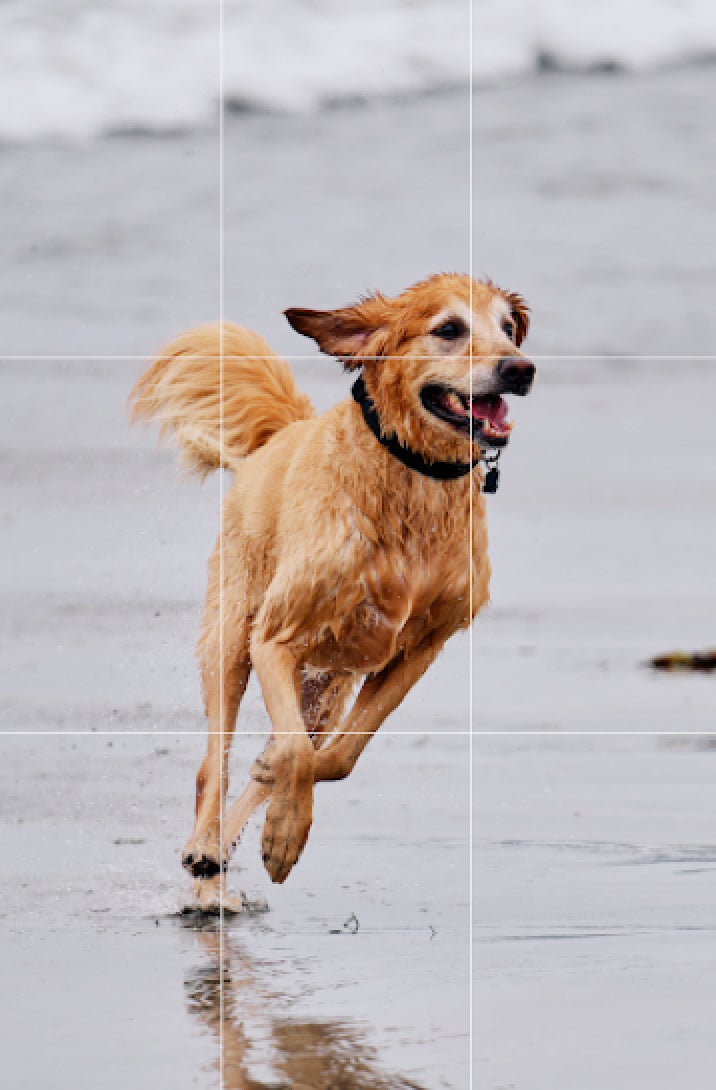If you’re just starting out in photography, mastering composition is key to creating visually appealing and impactful images. One of the most fundamental techniques to learn is the rule of thirds, a simple yet powerful guideline that can enhance your photos dramatically. Read more below and see some rule of thirds examples.
What Is The Rule Of Thirds?
The rule of thirds involves dividing your image into nine equal parts by imagining two equally spaced horizontal lines and two equally spaced vertical lines. This creates a grid of nine rectangles. The idea is to position the most important elements of your scene along these lines or at their intersections, known as "power points." This technique helps create balance and interest in your composition, guiding the viewer’s eye naturally through the image.

Why Use The Rule Of Thirds?
Using the rule of thirds can make your images more dynamic and engaging. It encourages you to move away from placing your subject directly in the center, which can sometimes lead to static and less interesting compositions. By aligning key elements with the grid lines or intersections, you create a sense of balance and harmony, making your images more pleasing to the eye.

How To Apply The Rule Of Thirds
Visualize the Grid: Sony Alpha cameras offer a grid overlay feature that can be activated in the viewfinder or on the LCD screen. You can specifially choose the Rule Of Thirds Grid in your menu system and use this feature to help you compose your shots with the rule of thirds in mind.

Position Key Elements: Place important elements, such as your subject, horizon or points of interest, along the grid lines or at the intersections. For example, position a person’s eyes at a power point for a portrait, or align the horizon with one of the horizontal lines in a landscape shot.
Experiment & Adjust: While the rule of thirds is a fantastic starting point, don’t be afraid to experiment. Sometimes breaking the rule can lead to creative and compelling compositions. Use it as a guide, but trust your instincts and artistic vision.
The quicker you master the rule of thirds, the faster you can learn how to creatively break it. Practice is the key here – take your camera out and consciously apply the rule of thirds in different scenarios until it becomes second nature.


